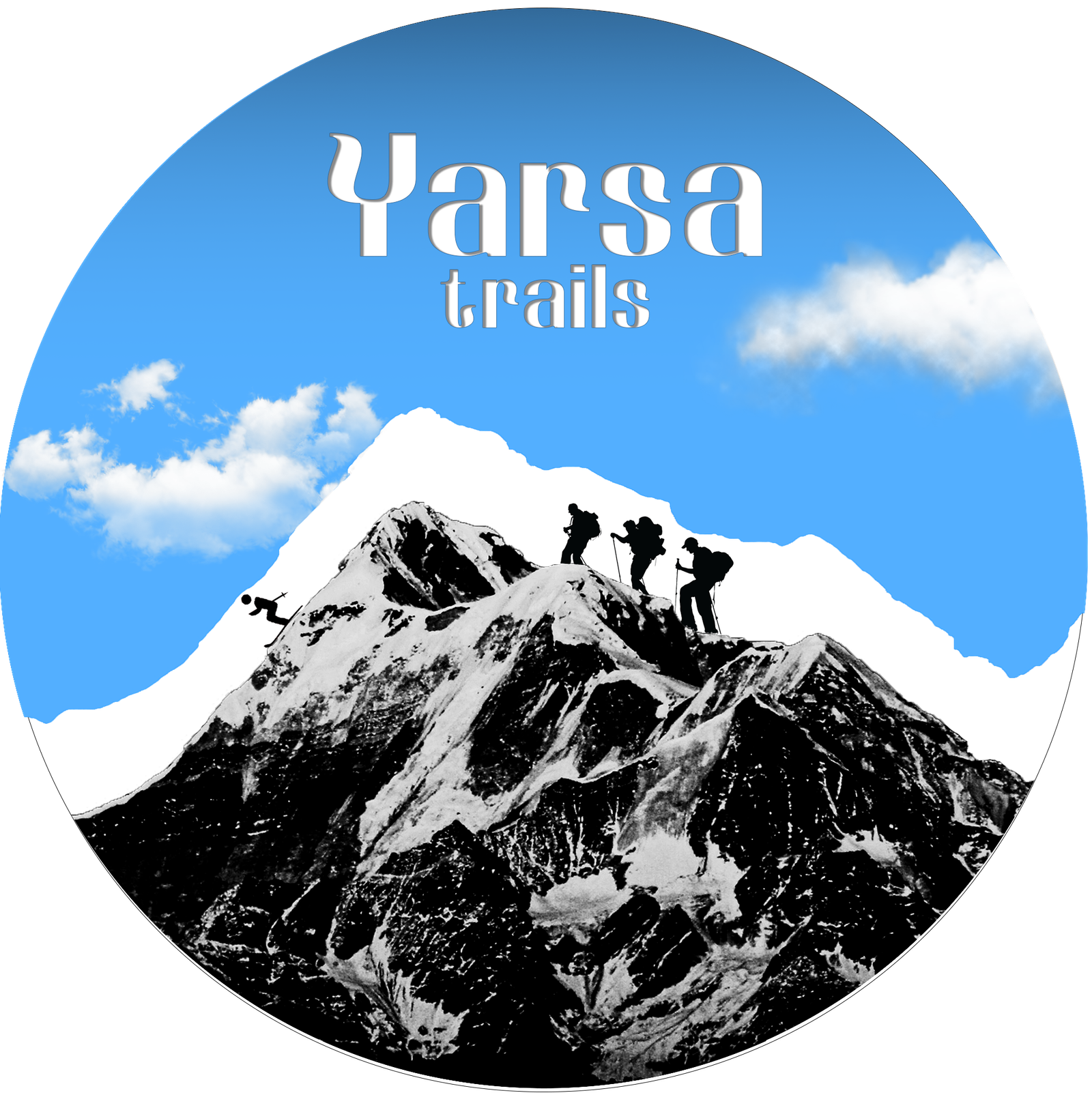Trekking in the high-altitude regions of Uttarakhand requires meticulous preparation, from fitness routines to packing the right gear. The thin air, unpredictable weather, and challenging terrain make it essential for trekkers to be well-prepared. This guide covers everything you need to know about preparing for high-altitude treks in Uttarakhand, including acclimatization tips, fitness requirements, and essential packing advice.
1. Acclimatization Tips
Acclimatization is crucial for preventing altitude sickness, which can be a serious concern during high-altitude treks. Here are some key tips:
- Gradual Ascent: Avoid rapid ascents; give your body time to adjust to the lower oxygen levels. Aim for no more than 300-500 meters of elevation gain per day once above 3,000 meters.
- Hydration: Drink plenty of water to help your body adjust. Avoid alcohol and caffeine, which can dehydrate you.
- Rest Days: Incorporate rest days into your trek to allow your body to acclimatize, especially when you reach significant altitude increases.
- Signs of Altitude Sickness: Be aware of symptoms like headaches, nausea, dizziness, and fatigue. If you experience severe symptoms, descend immediately.
2. Fitness Requirements
Preparing your body physically for a trek is as important as packing the right gear. High-altitude treks demand strength, endurance, and mental fortitude.
- Cardio Training: Engage in activities like running, cycling, or swimming to improve cardiovascular fitness. Aim for at least 30-45 minutes of cardio exercises, 4-5 times a week.
- Strength Training: Focus on building leg strength with squats, lunges, and step-ups. Incorporate core exercises like planks and sit-ups to improve balance and stability.
- Hiking Practice: If possible, practice hiking with a backpack on uneven terrains to simulate actual trekking conditions.
- Flexibility and Recovery: Include stretching and yoga in your routine to enhance flexibility and aid muscle recovery.
3. Packing Essentials
Packing the right gear can make or break your trekking experience. Here’s a list of essentials for high-altitude treks in Uttarakhand:
- Clothing: Layered clothing is essential. Include moisture-wicking base layers, insulating mid-layers, and waterproof outer layers. Don’t forget a good quality down jacket for cold nights.
- Footwear: Invest in high-quality trekking boots with ankle support. Carry extra socks to keep your feet dry and comfortable.
- Accessories: Sunglasses, gloves, hats, and gaiters are essential to protect against the cold and sun exposure.
- Trekking Gear: A sturdy trekking pole, a reliable backpack (30-40 liters for short treks, 50+ liters for longer treks), and a rain cover for your backpack.
- Sleeping Gear: A sleeping bag rated for cold temperatures (below -5°C) and a lightweight sleeping mat.
- Navigation and Safety: Maps, a compass, a GPS device, and a basic first-aid kit with medications for altitude sickness, painkillers, and bandages.
- Personal Items: Sunscreen, lip balm, toiletries, a headlamp with extra batteries, and reusable water bottles or hydration packs.
4. Mental Preparation
High-altitude treks are as much a mental challenge as they are physical. Prepare yourself mentally by:
- Researching the Trek: Familiarize yourself with the trek route, weather conditions, and any challenges you might face.
- Staying Positive: Keep a positive attitude, especially during tough sections. Set small goals to keep yourself motivated.
- Teamwork: If trekking in a group, maintain good communication and support each other.
Preparing for high-altitude treks in Uttarakhand requires dedication, both physically and mentally. By focusing on acclimatization, fitness, and the right gear, you can ensure a safe and enjoyable trekking experience in the majestic Himalayas. Start your preparation early, plan carefully, and embrace the adventure that awaits!
